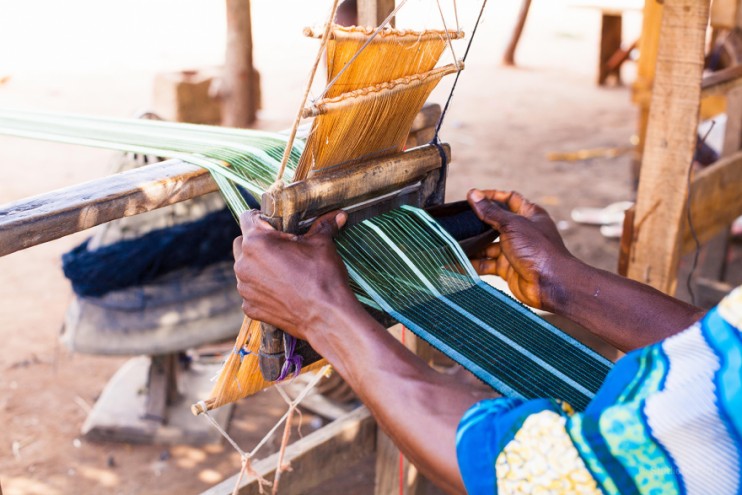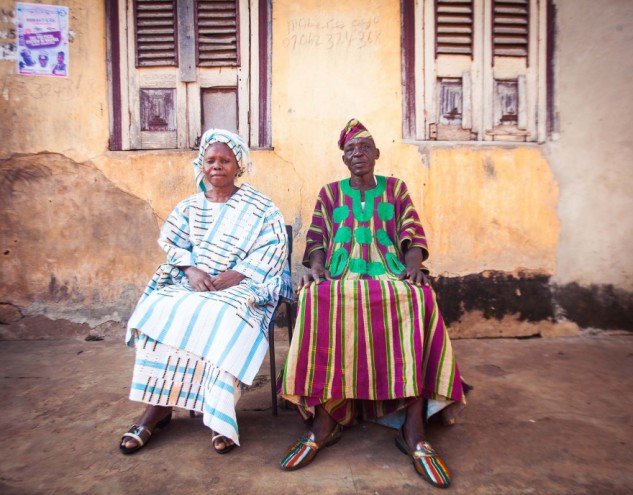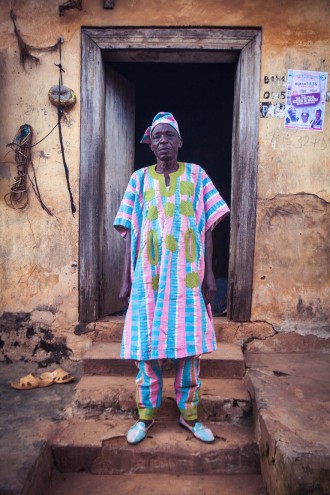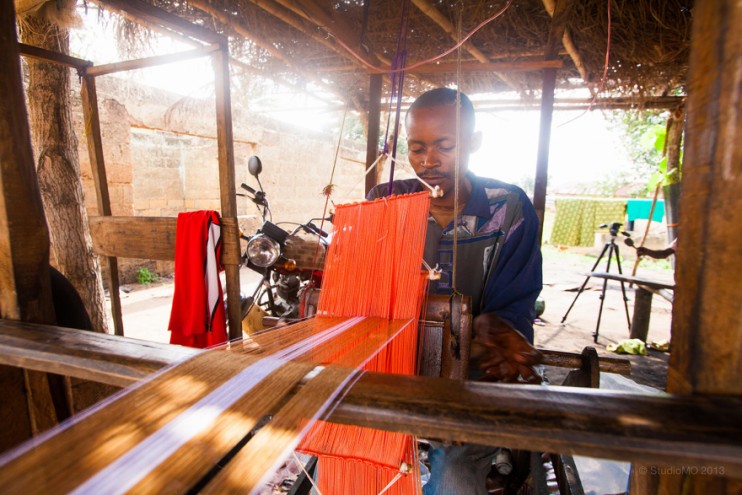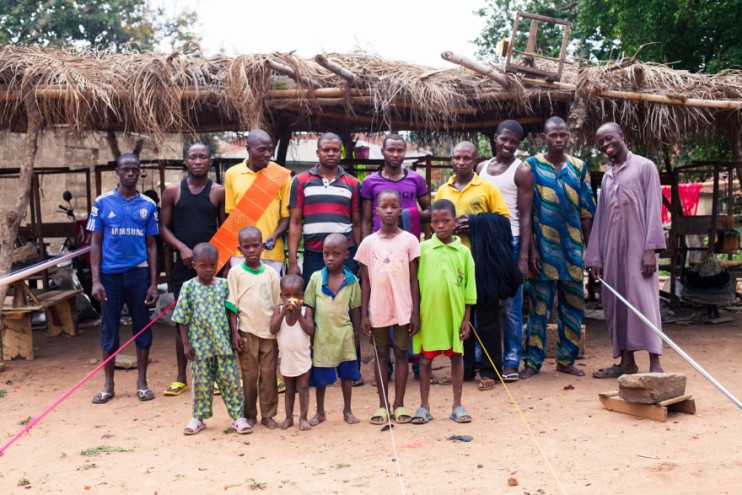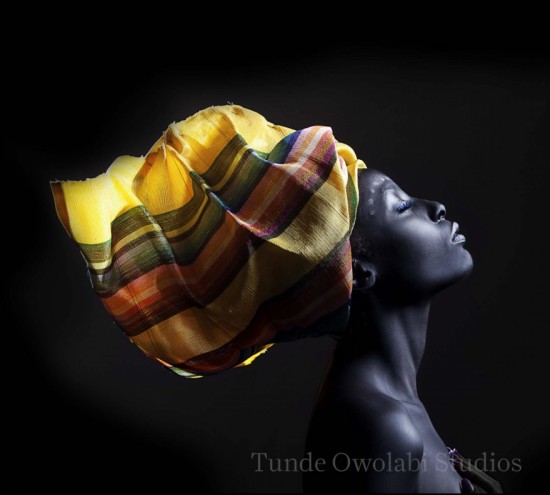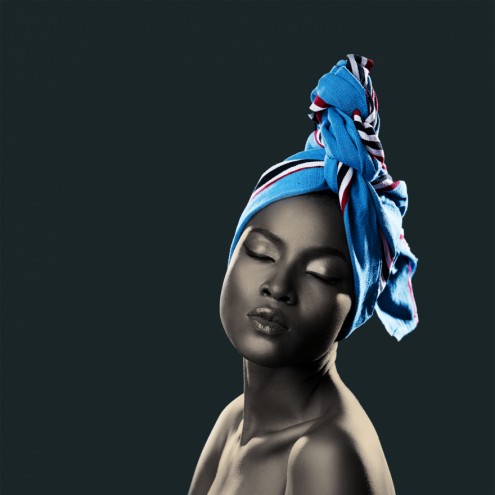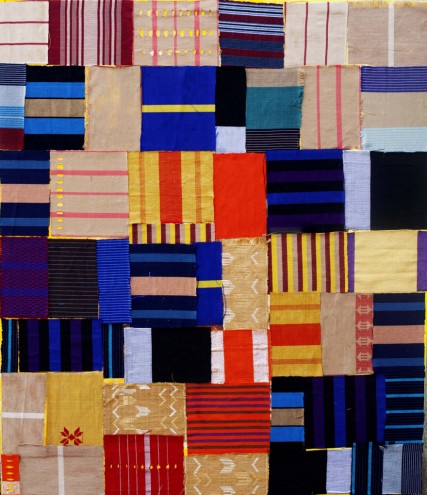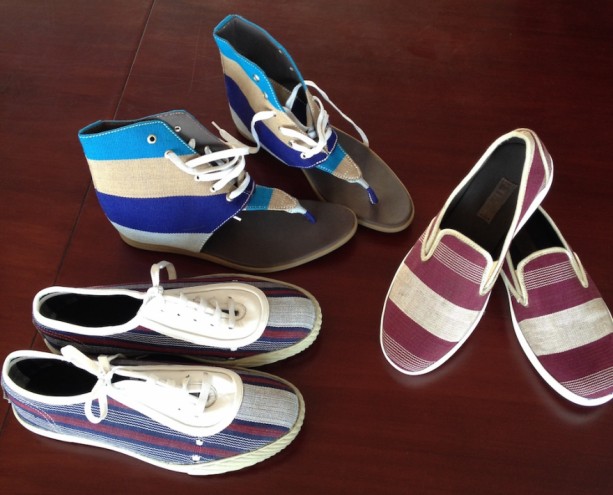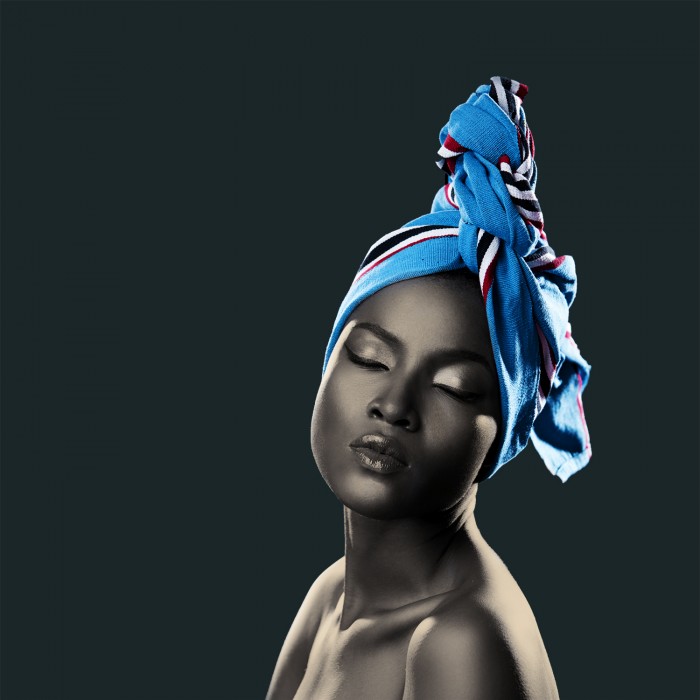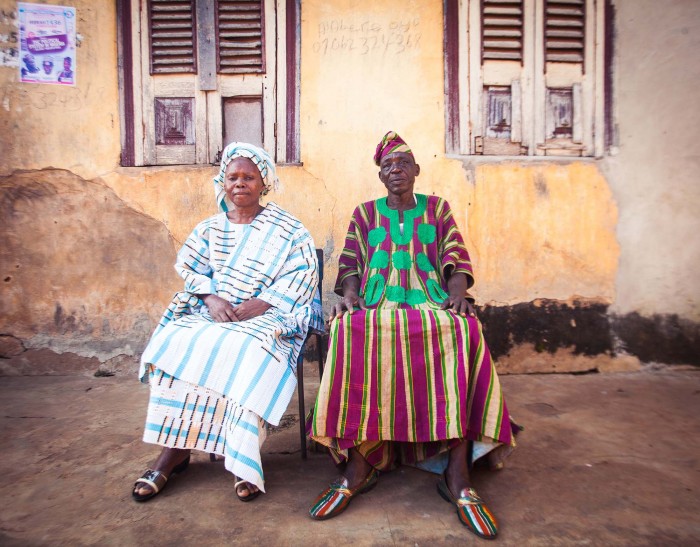From the Series
When Nigerian designer and photographer Tunde Owolabi began researching traditional Nigerian headgear, he didn’t anticipate that he would end up trying his hand at making shoes. But his interest in the elaborate headwraps that many Nigerian women wear led to a curiosity in the fabric itself and a personal pilgrimage to a small weaving town in the South West of Nigeria.
Headgear in Nigerian culture is very important: at social gatherings and any special occasions the headgear women wear is structured and pronounced, tied in many different ways.
“It’s like a uniform: whenever anyone is getting married or there is a funeral. And it’s not just for my tribe, the Yoruba people. In all the images I saw the material was colourful Aso Oke,” says Owolabi.
An art director, he had quit his advertising job in 2012 to go freelance when he began his research. Owolabi found that Aso Oke was one of few authentically Nigerian woven fabrics.
There are so many so-called African prints, but which ones can we say are 100 percent ours? Every bride in Nigeria wants to wear Aso Oke.
The process of making Aso Oke is time-consuming and manual. Ready-made yarn can now be sourced cheaply, but historically cotton was picked, processed and dyed by hand and old looms could only weave narrow strips of fabric.
A single garment would take months to create. In the past Aso Oke was only affordable to rich people, and those who couldn’t buy the material borrowed from relatives or bartered to loan it.
“People are beginning to modernise the process, but they still use the looms and it is still made in a traditional way,” says Owolabi. “People have seen the importance of keeping the heritage.”
Fascinated by the eye-catching material and unable to find out much about it, Owolabi travelled to the place where it started: Iseyin in Oyo State.
There he found a young community of predominantly male weavers, taught by their fathers and grandfathers to operate the looms. “It was good to see the art was being passed down through the generations," he says.
The material is being made in China now, but they don’t understand how it is done. The material they make is so hard you can break it like a biscuit. "Using the loom is an art; combining the colours is an art. I wanted to show people how rich our culture is.”
Owolabi organised an exhibition in November 2014 titled The Woven Beauty, where he displayed photographs he had taken of women in elaborate headgear and pieces of Aso Oke material, showed a screening of a short documentary he had made in Iseyin and held a live weaving performance.
“A lot of people who wear Aso Oke don’t know where it comes from or how it is made. People were really intrigued to see some of the history of the fabric and they now appreciate they are wearing an art piece.”
The next step for Owolabi was to look at more contemporary applications for the fabric and in January 2015 he began making prototypes of sneakers made from it. He is exploring other styles too, from sandals to lace ups and classic slip-ons. Each pair is made of the striped, woven material.
“Every pair of shoes is slightly different,” he says of the colourful shoes, which he has made in men’s and women’s styles. “My hope is to one day have an online store where you can order a bespoke pair and choose your colours.”

